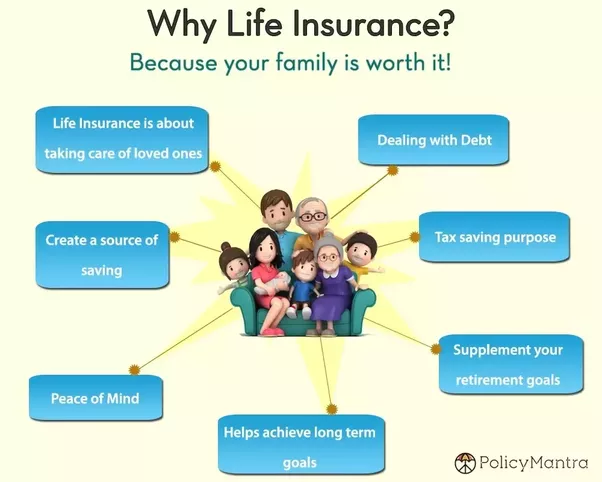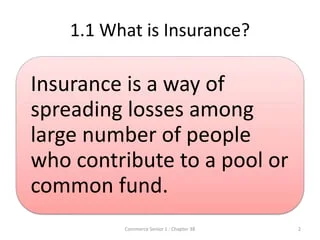Get This Report on Pacific Prime
Get This Report on Pacific Prime
Blog Article
An Unbiased View of Pacific Prime
Table of ContentsThe Definitive Guide to Pacific PrimeSome Known Factual Statements About Pacific Prime The Ultimate Guide To Pacific PrimeHow Pacific Prime can Save You Time, Stress, and Money.Pacific Prime for Dummies

This is due to the fact that the information were gathered for a duration of strong financial efficiency. Of the estimated 42 million individuals who were without insurance, just about concerning 420,000 (concerning 1 percent) were under 65 years old, the age at which most Americans become qualified for Medicare; 32 million were adults between ages 18 and 65, about 19 percent of all adults in this age; and 10 million were kids under 18 years of age, regarding 13.9 percent of all kids (Mills, 2000).
These quotes of the variety of individuals without insurance are created from the annual March Supplement to the Current Population Survey (CPS), carried out by the Census Bureau. Unless otherwise kept in mind, national estimates of individuals without medical insurance and proportions of the population with different sort of coverage are based on the CPS, the most widely utilized source of quotes of insurance coverage and uninsurance rates.
Not known Facts About Pacific Prime

Still, the CPS is specifically beneficial since it creates annual price quotes reasonably swiftly, reporting the previous year's insurance policy coverage estimates each September, and due to the fact that it is the basis for a constant set of price quotes for more than 20 years, permitting for analysis of trends in insurance coverage in time. For these reasons, in addition to the comprehensive use of the CPS in various other research studies of insurance policy protection that exist in this record, we count on CPS estimates, with constraints kept in mind.

The estimate of the variety of uninsured people broadens when a population's insurance policy status is tracked for numerous years. Over a three-year period starting early in 1993, 72 million individuals, 29 percent of the U.S. http://dugoutmugs01.unblog.fr/2024/04/02/pacific-prime-your-partner-for-comprehensive-insurance-solutions/. population, were without insurance coverage for a minimum of one month. Within a single year (1994 ), 53 million individuals experienced at the very least a month without insurance coverage (Bennefield, 1998a)
6 out of every ten without insurance grownups are themselves utilized. Although working does boost the probability that a person and one's family members will certainly have insurance, it is not a warranty. Also participants of family members with 2 permanent wage earners have practically a one-in-ten chance of being without insurance (9.1 percent without insurance rate) (Hoffman and Pohl, 2000).
The Best Strategy To Use For Pacific Prime
New immigrants account for a considerable percentage of individuals without medical insurance. One analysis has attributed a considerable part of the current development in the dimension of the united state uninsured populace to immigrants who arrived in the country between 1994 and 1998 (Camarota and Edwards, 2000). Recent immigrants (those who pertained to the United States within the previous 4 years) do have a high rate of being uninsured (46 percent), yet they and their children make up just 6 percent of those without insurance coverage across the country (Holahan et al., 2001).
The connection between wellness insurance coverage and accessibility to care is well developed, as documented later in this phase. Although the connection between wellness insurance coverage and health and wellness results is neither direct neither simple, an extensive clinical and health services research literature links health insurance policy protection to improved accessibility to care, far better top quality, and enhanced individual and population health status.
Levels of analysis for checking out the impacts of uninsurance. This conversation of wellness insurance policy protection focuses mostly on the united state populace under age 65 since essentially all Americans 65 and older have Medicare or other public coverage. Additionally, it focuses especially on those without any medical insurance for any length of time.
Pacific Prime Things To Know Before You Get This
The troubles encountered by the underinsured are in some aspects similar to those encountered by the without insurance, although they are normally much less serious. Health and wellness insurance, nevertheless, is neither required neither enough to gain access to medical services. The independent and straight result of wellness insurance coverage on accessibility to Get More Info health and wellness services is well established.
Others will certainly obtain the healthcare they require even without medical insurance, by paying for it expense or seeking it from carriers who supply care free or at extremely subsidized prices. For still others, medical insurance alone does not guarantee invoice of care as a result of various other nonfinancial barriers, such as a lack of wellness treatment companies in their area, limited access to transport, illiteracy, or etymological and cultural differences.
Pacific Prime Things To Know Before You Buy
Official study about uninsured populations in the United States dates to the late 1920s and early 1930s when the Committee on the Cost of Healthcare created a series of reports regarding financing doctor office sees and hospital stays. This concern became salient as the varieties of clinically indigent climbed throughout the Great Clinical depression.
Report this page